Thanks to Linkedin in recent weeks the standard compensation table for so-called influencers – that is for those who through an extensive media action can increase by 520% the propensity to purchase a good or a service – has been around the world.
I underline this figure: five hundred and twenty percent. Below, no one is an influencer even if he/she pretends to be.
So folks, this is the table, divided by social and number of fans. There is little to comment on, it is crystal clear. Look at it and then just follow my reasoning.

I’ve always said that, while I understand the very many who boast being influencers, I am much less inclined to figure out people considering them as such. It’s a sort of giant collective spell, probably induced by the economic crisis cutting the budgets for actual investments. It seems enough showing a four-zero figure of followers to send the wool over the eyes of potential customers, who get to see in those four zeros the right catchment area, capable of giving their sales the decisive surge.
But it’s just fantasy – absurd fantasy. A spell-like fantasy, indeed.
I will immediately cut it down to its size.
Let’s go to the second line (Facebook’s one), and let us focus on the first box.
According to this table, the work of a guy with 10 thousand followers on this social media is worth one hundred dollars per post.
This means, specifically for the Mice industry, that if a venue, eager to expand its users’ base, and after verifying the compatibility of these 10 thousand people with its target audience, wishes to reach a financial settlement with such an “influencer” for two posts per week – the minimum to give communication a necessary basic continuity – in one year (52 weeks) it should spend 200 x 52 = $ 10,400. Let’s put it 10,000 – quantity discount.
What would the expected results be? 10,000 more customers?
No sir. You didn’t count two chickens – two very big ones actually.
The first is the EdgeRank, the algorithm managing the spread of the posts. As recently written by my friend Marco Garavaglia in his #impressions blog, the organic reach of Facebook posts ranges between 1 and 5 percent of the fan base.
Due to this algorithm, out of the 10,000 fans of this so-called influencer only 100-500 would see the post, and furthermore never the same. They would always get to change, thus irreparably undermining the continuity of communication.
But I want to be optimistic and I assume that those actual 100-500 recipients get always to be the same.
Indeed, I even exaggerate and pretend that it’s each time 500 of them – the maximum.
Well, do you really think these 500 would massively rush to buy?
Do you know what the ratio is between a call for action and a positive redemption?
It’s 10% – in our case, 50 recipients.
And furthermore I’m just talking about positive redemption, i.e. clicks on the post: definitely not about purchase.
Out of these 50 people clicking, less than half ask insights. Of the 20 asking insights, less than half will carry out a site inspection. And of the eight who carry out the site inspection, there is no guarantee that someone will turn to be an actual customer.
So even being optimistic – and in this case you bet I was – the conclusion is that those 10,000 dollars look like a green washing much more than an investment.
I will stop here, the thing is extremely complex and not suited to a blog. I’ve just given some food for your thoughts.

